Cafe au lait spot
The best way to treat Cafe au lait spot is with lasers, which are attracted to the blood present in the affected area. To lighten the stain, multiple laser treatments are required.
The best way to treat Cafe au lait spot is with lasers, which are attracted to the blood present in the affected area. To lighten the stain, multiple laser treatments are required.
Port-wine stains (PWSs) are common red birthmarks. Patients normally seek treatment because flat birthmarks develop raised areas over time, or because they seek treatment after hearing about how well the newest generation of lasers work at removing port-wine stain birthmarks.
A port-wine stain is a skin birthmark that is pink or purple. It’s also known as nevus flammeus.
In most cases, port-wine stains are not harmful. However, they can occasionally be a sign of an underlying health condition.
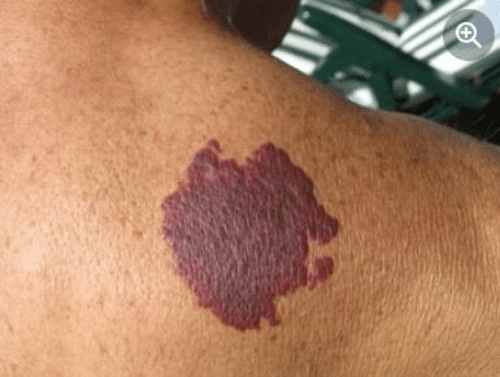
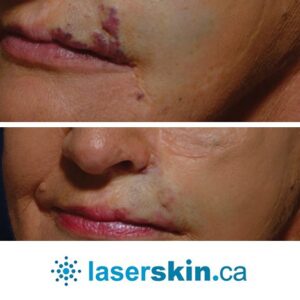

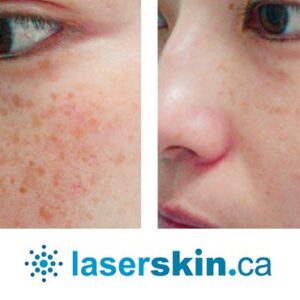
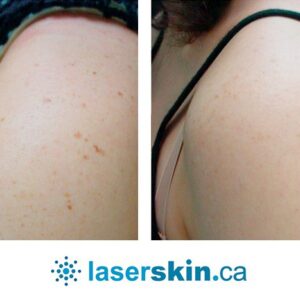
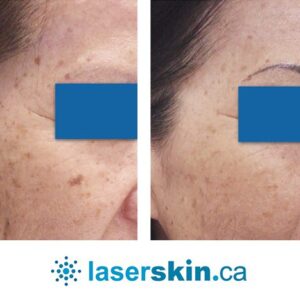
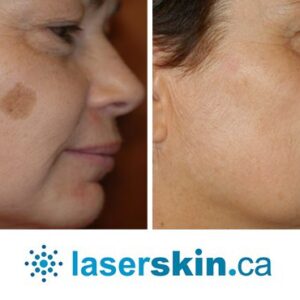
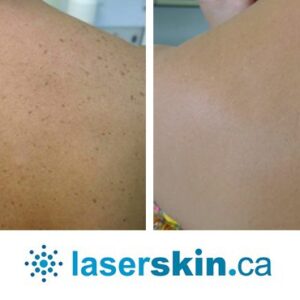

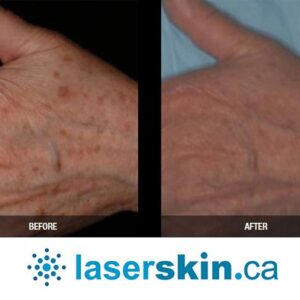
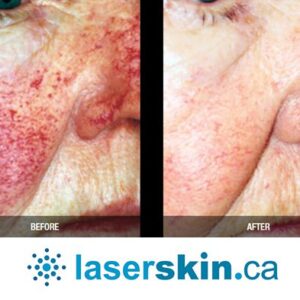
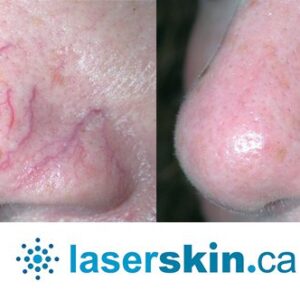
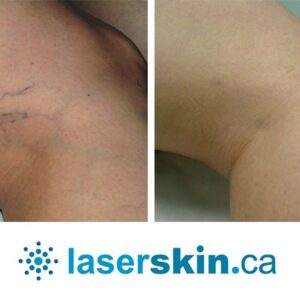
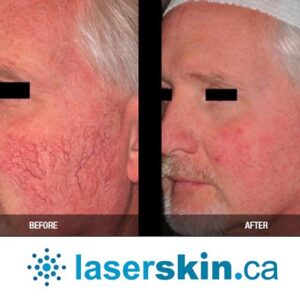
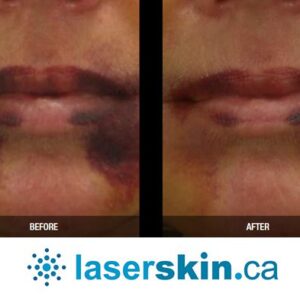
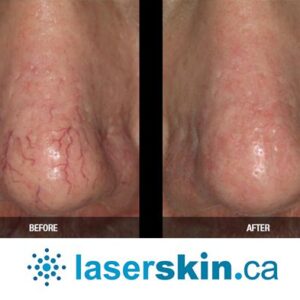
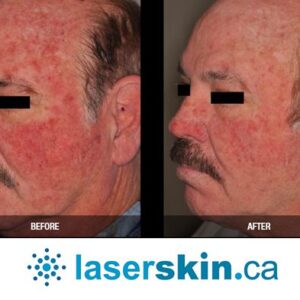


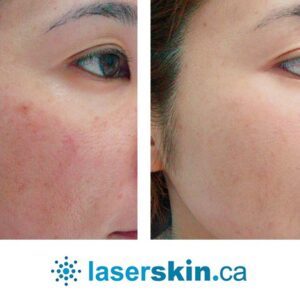
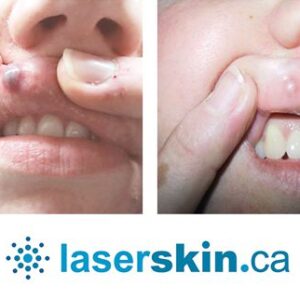
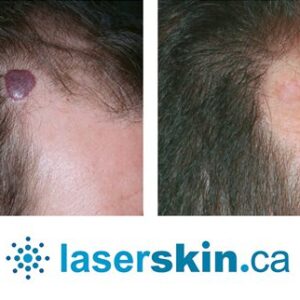
Apart from their appearance, port-wine stains rarely cause any symptoms. They are usually red or pink at first. They can darken to a purple or brown color over time.
Port-wine stains also have the following characteristics:
The majority of port-wine stains are completely harmless. However, if they are located near the eyes, they can sometimes lead to the development of glaucoma, an eye condition.
Glaucoma is characterized by high intraocular pressure, which can result in vision loss if not treated. Glaucoma affects up to 10% of people who have a port-wine stain near their eye.
If you or your child has a port-wine stain near the eyes, check if:
The cause of port-wine stains is a problem with capillaries, which are very small blood vessels.
Capillaries are typically narrow. However, in port-wine stains, they are overly dilated, allowing blood to collect. This collection of blood is responsible for the distinctive color of port-wine stains. As capillaries expand, port-wine stains may become larger or change shape.
Sturge-Weber syndrome is characterized by port-wine stains on the scalp, forehead, or around the eyes.
This condition occurs when there are abnormal blood vessels in the skin and on the surface of the brain, affecting blood flow to the brain.
Port-wine stains on the arms or legs may also be a sign of Klippel-Trenaunay syndrome. They usually appear on only one limb in this case.
Changes in the blood vessels of the affected leg or arm are caused by this rare genetic condition. These changes can cause the limb’s bone or muscle to grow longer or wider than usual.
Even with treatment, Port-wine stains are not entirely removed, but people chose to have them lightened or faded for cosmetic reasons. This is usually accomplished through laser treatments that employ a pulsed dye laser.
Other laser and light treatments are as follows:
Heat is used in laser and light treatments to damage abnormal blood vessels. This causes the blood vessel to close and disintegrate after a few weeks, assisting in the shrinking, fading, or removal of port-wine stains.
Most people will require multiple treatments, though the exact number depends on a variety of factors such as skin color, size, and location.
It’s important to remember that laser treatments may not completely remove a port-wine stain. They may, however, be able to lighten the color or make it less noticeable. Laser treatments may also leave some scarring or discoloration behind. Following laser treatment, your skin will be extra sensitive, so be sure to wear sunscreen and protect the affected skin following the procedure.
These are all signs of glaucoma, which can be treated with prescription eye drops or surgery.
Skin thickening and “cobble stoning” can also occur because of a capillary dysfunction. This can be avoided if port-wine stains are treated as soon as possible.
By providing your phone number you agree to receive informational text messages from laserskin.ca. Consent is not a condition of purchase. Message frequency will vary. Msg & data rates may apply. Reply HELP for help or STOP to cancel.